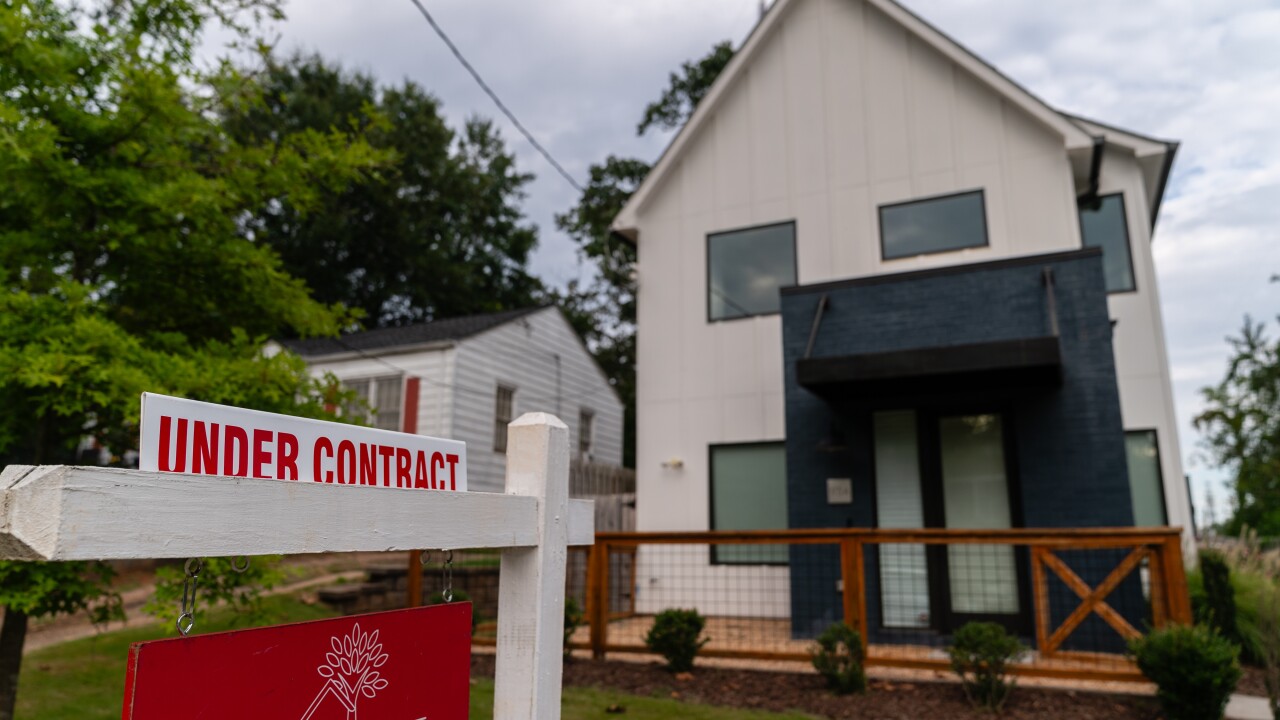WASHINGTON — The most significant regulatory relief legislation since the crisis made it to the finish line Thursday as President Trump signed targeted reforms of the Dodd-Frank Act into law.
The new law, which originated in the Senate and was passed by the House Tuesday, did not go as far as the industry and many Republicans wanted. But banks and credit unions have still hailed the reforms that were negotiated by a key group of Senate Republicans and moderate Senate Democrats.
"This is all about the Dodd-Frank disaster and they’ve fixed it or at least have gone a long way toward fixing it," Trump, speaking at the bill-signing ceremony, said of the bill's supporters.
The provision gaining the most attention is a significant hike in the asset threshold for “systemically important financial institutions,” from $50 billion to $250 billion. That reduces the number of banks automatically subject to Dodd-Frank’s enhanced supervisory regime from 38 to 12. Banks between $50 billion and $100 billion in assets are left out of the regime, while the Federal Reserve can decide if those between $100 billion and $250 billion still face enhanced supervision.

Other measures mostly benefit smaller banks, although Trump indicated that policymakers may be interested in making further changes to how larger banks are regulated.
Mortgages held in portfolio by banks with less than $10 billion in assets are automatically designated as “Qualified Mortgages,” exempting them from ability-to-repay underwriting requirements by the Consumer Financial Protection Bureau. Smaller institutions also won some relief from escrow and appraisal requirements, as well as from certain measures of the Home Mortgage Disclosure Act.
The law also exempts banks with less than $10 billion in assets from the proprietary trading ban known as the Volcker Rule (named for former Fed Chairman Paul Volcker). Meanwhile, more community banks will be eligible for a longer 18-month examination cycle, short-form call reports and application of the Fed’s Small Bank Holding Company Policy Statement.
Trump noted that support for the bill from some Democrats was a significant factor. "Dodd-Frank was something they said could not be touched," Trump said. "A lot of great Democrats knew that something had to be done," he said.
Among those attending the ceremony were Crapo, House Financial Services Committee Chairman Jeb Hensarling and Sen. Heidi Heitkamp, D-N.D., one of the moderate Democrats who had negotiated the package with Crapo.
After the Senate passed the bill in March by a vote of 67-31 — with the support of 16 Democrats and one independent — attention swung to the House where GOP leaders such as Hensarling had indicated desire to expand the bill with bipartisan provisions that had passed the lower chamber.
But with Senate Democrats threatening to walk away from their deal with Crapo if the legislation were expanded, Hensarling and other Republicans ultimately agreed to pass the bill as is. In return, Senate leaders will attempt to move some additional House reg relief provisions separately.





